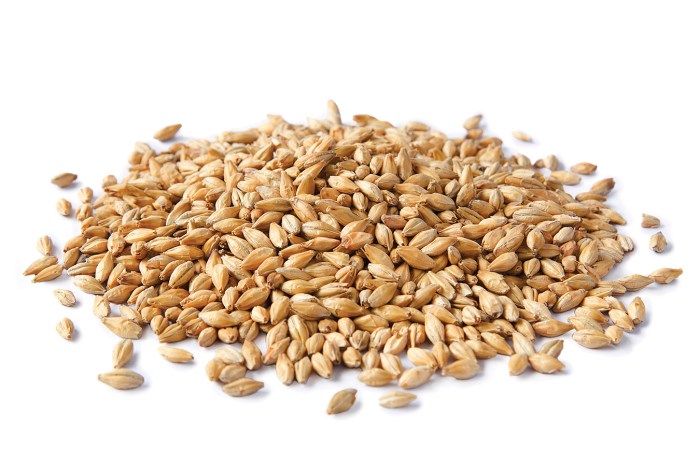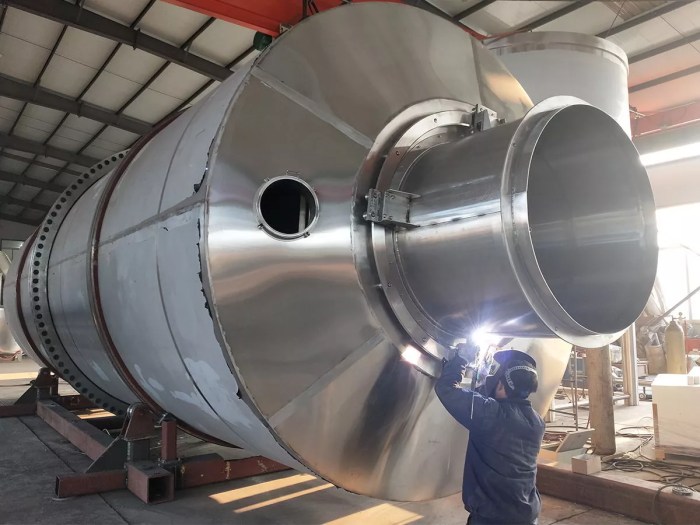Craft malting and craft brewing are disruptive industries that are challenging traditional practices and reshaping consumer preferences. This dynamic and evolving landscape offers unique opportunities for collaboration, innovation, and growth.
The rise of craft malting and brewing has introduced a new level of creativity and experimentation into the industry. Craft maltsters and brewers are pushing the boundaries of flavor and innovation, creating a diverse range of products that cater to the evolving tastes of consumers.
Industry Overview

Craft malting and craft brewing are emerging industries that are challenging traditional practices and reshaping the beverage market. Craft malting involves the production of small-batch, specialty malts, while craft brewing focuses on the production of artisanal beers using unique ingredients and brewing techniques.
The craft malting and brewing industries have experienced significant growth in recent years, driven by increasing consumer demand for unique and flavorful beverages. Notable craft maltsters include Weyermann Malting Company and Thomas Fawcett & Sons, while well-known craft brewers include Sierra Nevada Brewing Company and New Belgium Brewing Company.
Disruptive Nature of Craft Industries

Craft malting and brewing disrupt traditional industry practices by introducing innovation, experimentation, and a focus on quality. They challenge the dominance of large-scale maltsters and brewers by offering diverse and niche products that cater to specific consumer preferences.
The growth of craft industries has led to a shift in consumer preferences, with many consumers seeking out unique and flavorful beers that offer a departure from traditional offerings. This has put pressure on traditional maltsters and brewers to adapt their products and strategies.
Key Factors Driving Disruption, Craft malting and craft brewing are disruptive industries
Several key factors contribute to the disruptive nature of craft malting and brewing industries:
- Innovation:Craft maltsters and brewers are constantly experimenting with new ingredients, brewing techniques, and flavors, creating unique and innovative products that appeal to discerning consumers.
- Technology:Advances in technology have enabled craft maltsters and brewers to produce high-quality products on a smaller scale, reducing barriers to entry and allowing for greater experimentation.
- Consumer Demand:Growing consumer demand for artisanal and locally produced beverages has fueled the growth of craft malting and brewing industries. Consumers are increasingly seeking out products that are unique, flavorful, and reflect their values.
Impact on Traditional Industry

The rise of craft malting and brewing has created challenges for traditional maltsters and brewers. Large-scale maltsters and brewers have faced declining market share and increased competition from smaller, more agile craft producers.
Traditional companies have responded to this disruption by acquiring craft breweries, launching their own craft brands, or adapting their products and marketing strategies to appeal to changing consumer preferences.
Opportunities for Collaboration and Innovation

Despite the challenges, the growth of craft malting and brewing industries also presents opportunities for collaboration and innovation. Traditional maltsters and brewers can partner with craft producers to gain access to new markets, products, and ideas.
Collaboration can lead to cross-pollination of ideas and practices, driving further innovation and growth in both the craft and traditional sectors.
Future Trends and Implications
The future of craft malting and brewing industries is bright, with continued growth expected in the coming years. Emerging technologies, such as AI and blockchain, have the potential to further disrupt the industry by improving efficiency and transparency.
Changing consumer behaviors, including a growing emphasis on sustainability and health, will also shape the future of these industries. Craft maltsters and brewers that adapt to these trends and continue to innovate will be well-positioned for success.
FAQ Insights: Craft Malting And Craft Brewing Are Disruptive Industries
What are the key factors driving the disruption in the craft malting and brewing industries?
Innovation, technology, and consumer demand are the key factors driving the disruption in the craft malting and brewing industries.
How are traditional maltsters and brewers responding to the competition from craft industries?
Traditional maltsters and brewers are responding to the competition from craft industries by adapting their products and marketing strategies, investing in innovation, and forming partnerships with craft producers.
What are the potential long-term effects of the disruption caused by craft malting and brewing?
The potential long-term effects of the disruption caused by craft malting and brewing include increased diversity and innovation in the industry, a shift in consumer preferences towards craft products, and the emergence of new business models and collaborations.